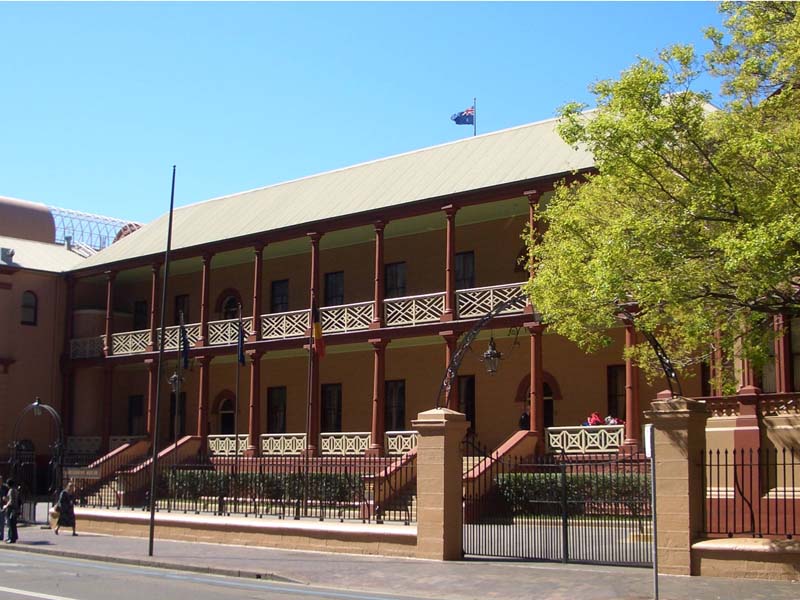For decades, state governments have sponsored innovation programs to boost startups and innovative growth companies. Programs have ranged from small to large, from information provision to technology vouchers, from advisory to grants, from government-designed to market-led.
Their one common characteristic? Almost universally, each program has fallen short of its intended impact.
One pervasive problem in innovation policy is the propensity to address single issues, responding to the apparent needs – or just to the noise – of the day. But there is a deeper issue. Each of these state efforts has relied on a fundamental innovation infrastructure which is simply not present.

The fundamental infrastructure required is one that supports the flow of risk capital, that mobilises productive connections and shared information, that supports commercialisation workforce development, promotes good practices, enables collaborations, and finally, that is close enough to the marketplace, and able to pivot effectively, to capture opportunities and demolish barriers.
Above all, embedded in that infrastructure will be leadership, a leadership which itself engages widely in market conversation.
The Commonwealth’s role and outcome
The presumption and practice has been that the responsibility for this infrastructure – and this leadership – rests with the Commonwealth. And indeed it is the Commonwealth that has sponsored the major programs and nominally the major policies. But the Commonwealth is simply not effective at this activity.
The Commonwealth is even more prone to single-issue programs, and to big programs, when more complex and adaptable solutions are called for. It is too far removed from the activities, and the broad range of players, to appreciate the nuances of innovation activity. And it consistently confuses research with innovation.
The outcome of these deficiencies is that we lack a fundamental innovation infrastructure. What evidence do we have to support this claim? Well, page 6 of the December 2014 Australian Innovation System Report responds to the question of “What is holding is holding Australia back?” with the conclusions below:
“More specifically, this literature finds that the main impediments to Australia’s innovation system are:
- poor networking and collaboration
- poor levels of venture and private equity capital investment in innovation
- some fragmented and/or obstructive government policies or regulations, such as tax treatment of employee share schemes, government procurement of innovation and low incentives for research commercialisation/collaboration in the public research sector
- a small geographically isolated economy dominated by small businesses and/or lifestyle entrepreneurs that are seeking local competitive advantage through cost reduction rather than pushing the innovation frontier to capture world markets through value creation
- poor business culture of innovation and risk aversion in Australia
- relatively poor business management capability, leading to under-investment in innovation and related activities.
These conclusions have an uncanny resemblance to the conclusions of similar reports of the last 30 years. In other words, the Commonwealth venture programs from the 1984 MIC initiative to the present, which were intended to build our innovation infrastructure, have failed to systemically build our connections with each other, to connect our innovative enterprises with our long-term capital pools, to connect these enterprises to markets, to connect management training with industry, and to lead our community to connect with a meaningful innovation aspirations.
Time for States to step up
Over the past twenty years, I have met many individuals and teams within state government Innovation Departments who do understand the issues, and are personally highly motivated to making a difference. But on their own, they are unable to sustain effective programs with their efforts all too often knocked out by the next Treasury efficiency review.
This intransient environment, created by the lack of a basic innovation infrastructure on which to build, serves neither them and certainly not their Ministers, nor their state governments.
The time has come for the states to adopt a new Federalism to manage their innovation programs. This could be premised on a State Innovation Council supported by an actual or virtual administrative team.
This Council could be the coordinating body to share resources on policy and program design and development, and to advise where the Commonwealth might provide system support. Such an approach would not prevent individual states from exercising self-interest in their program commitments, and indeed the needs of each state at each point in time will vary.
However, through their closer market connections, their own entrepreneurial capacities and by each contributing a little to the endeavour, the States can work together to build a meaningful and productive innovation infrastructure.
Paul Cheever is Chief Executive Officer and Director of the Australian Institute for Innovation. The AII is a not-for-profit organisation whose mission is to bring practical experience to inform Australian policy and program discussions on the innovation system and innovation investment.
Do you know more? Contact James Riley via Email.
